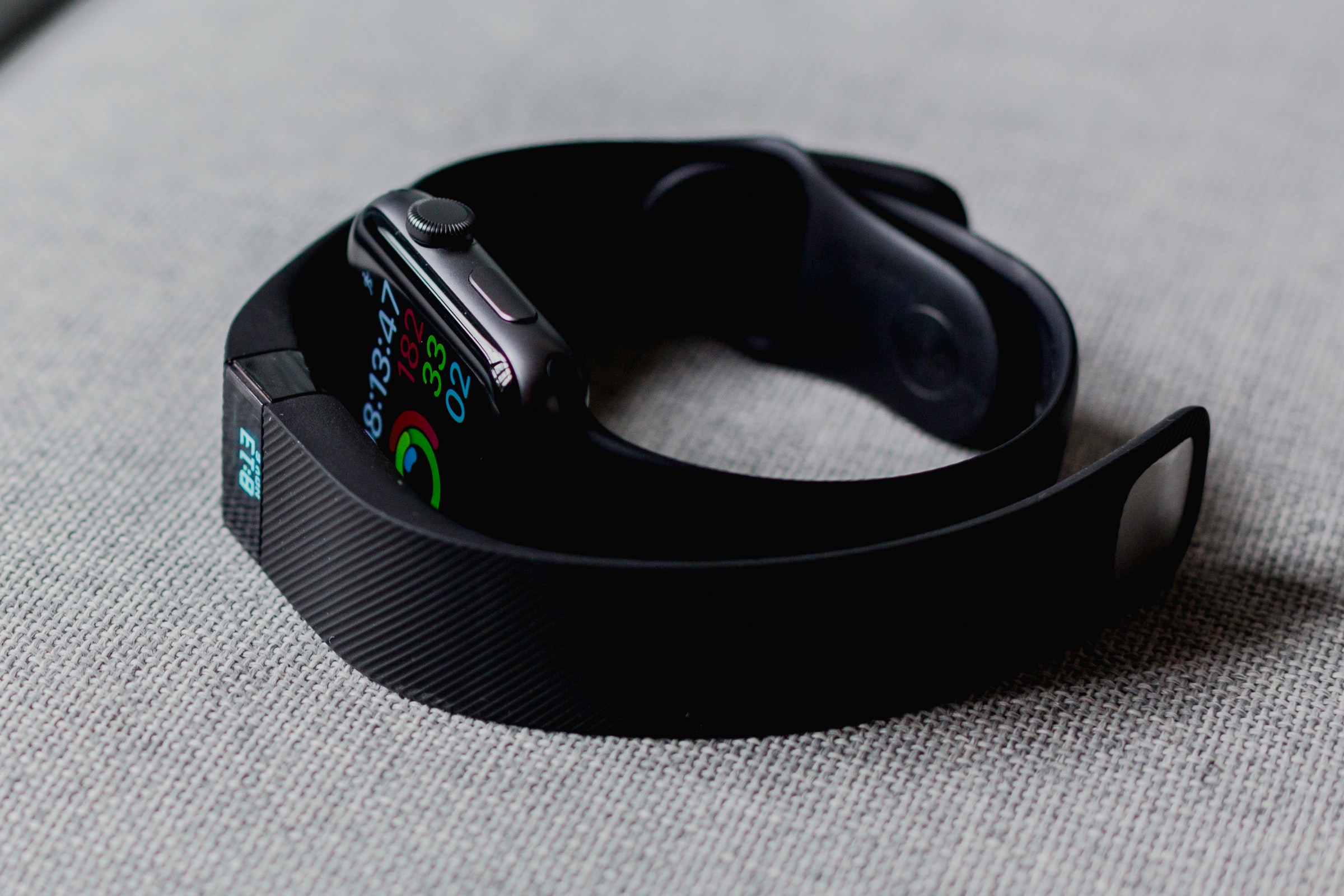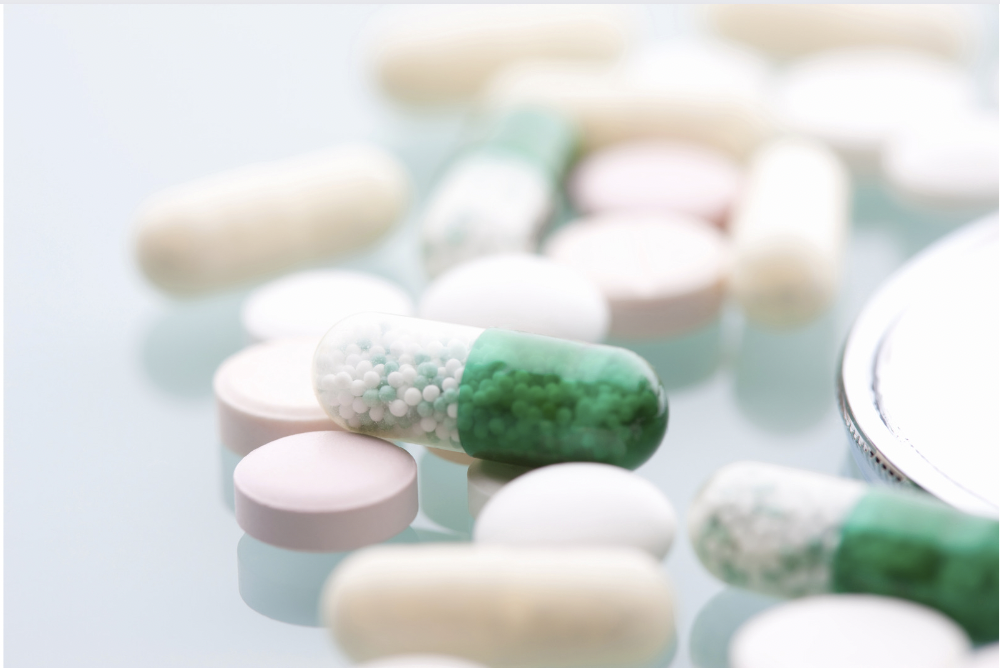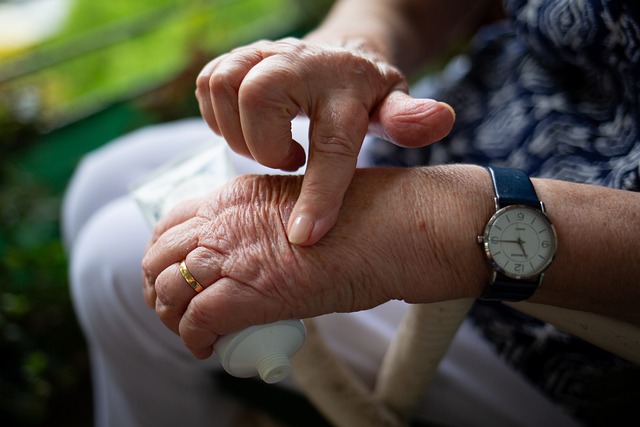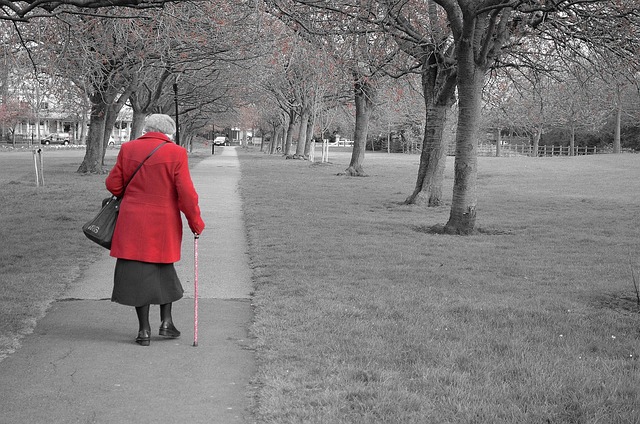Recovering from a surgical procedure or severe illness can be a uniquely stressful experience, especially if you need to do so in a hospital. Being in an unfamiliar clinical environment, away from your home and family, is often emotionally taxing. The trade-off is worth it, of course — a hospital provides increased safety and access to medical professionals who can support you the instant you experience a problem. When you eventually leave, you do so with the reassurance that you’re well on your way to recovery and no longer need round-the-clock support.
But what if there was a way to have the best of both worlds? To recover in the comfort of your own home and know a doctor is keeping an eye on your health?
Given the rise of remote patient monitoring, the idea isn’t as far-fetched as it might seem.
The Emergence of Remote Patient Monitoring
Remote patient monitoring (RPM) refers to an emerging cohort of medical devices that collect and securely convey patient health data to remote professionals. RPM tools have applications in nearly every specialty you could imagine, from primary care to ICU units, nursing facilities, and outpatient care, and gather a wide variety of health data. These monitoring tools might record a remote patient’s heart rate, blood sugar, oxygen levels, weight, and vitals, depending on their purpose.
RPM tools allow patients to safely go about their ordinary lives without needing to come in for frequent in-person checkups. Healthcare professionals, for their part, can keep an eye on a person’s collected data and reach out if they notice unusual trends or signs that the person might be at risk of experiencing an adverse health event.
Remote monitoring was on the rise before Covid-19 — but once the pandemic set in, its popularity spiked. Doctors were interested because it would allow them to free up beds without compromising care; patients were intrigued because the devices would allow them to safely stay out of hospital during a pandemic.
According to a recent survey conducted by VivaLNK, the pandemic accelerated RPM usage in hospitals and clinics. Nearly half (43 percent) of surveyed executives told researchers they believed RPM adoption would be “on par with” in-patient monitoring within five years. A third thought that RPM would surpass in-patient monitoring in the same time frame — and 90 percent said that “continuous, 24-hour remote data collection is important when compared to episodic data.”
With this in mind, it’s clear that RPM’s popularity will persist even after the current health crisis passes. Already, the tools are being used to support seniors who want to safely age in place and help people with chronic conditions maintain their day-to-day health at home. But one of the highest potential applications, as mentioned at the top of this piece, is postoperative care.
RPM’s Application to Postoperative Care
RPM has the potential to be transformative for post-op care. After a procedure, qualifying patients equipped with monitoring tech can leave the hospital and recover at home, knowing that their doctor has an eye on their wellbeing from afar. This isn’t to say that in-hospital recovery isn’t sometimes necessary — RPM simply offers more options to patients who can and want to return home earlier. As an added convenience, these devices may also cut down on the amount of time a patient might otherwise spend attending outpatient follow-up appoints.
A wealth of research upholds RPM’s usefulness in postoperative care. The tools have been proven to facilitate “excellent clinical outcomes, enhanced patient satisfaction, increased accessibility along with reduced wait times, and cost savings for patients and health care systems.”
In 2013, the VA implemented a pilot program examining RPM’s potential to facilitate postoperative recovery in elective general surgery procedures. After ten months, researchers observed “excellent clinical outcomes” and “high patient satisfaction.” Other investigations came to similar conclusions, even after expanding into subspecialties such as urology, neurosurgery, obstetrics, and gynecology.
“In the fields of transplant, general, and vascular surgery, a sizable proportion of patients (90%, 77%, and 90% respectively) reported willingness and confidence in provider ability to conduct remote postoperative care including blood pressure monitoring, medication adherence guidance, and evaluation of postoperative wounds,” researchers concluded in a 2018 literature review.
But patient experience and health outcomes aren’t the only reported benefits of RPM-facilitated recovery. Researchers further reported that participants saved a significant amount of money and travel time because they did not need to attend frequent postoperative follow-up appointments in person.
With all this in mind, it’s clear that RPMN can empower us to create a genuinely patient-centric postoperative experience while also boosting care outcomes, expanding bed availability, increasing operation efficiency, and lowering care costs. It’s a transformative trend to keep in view as we move into the digitally facilitated future of healthcare.







